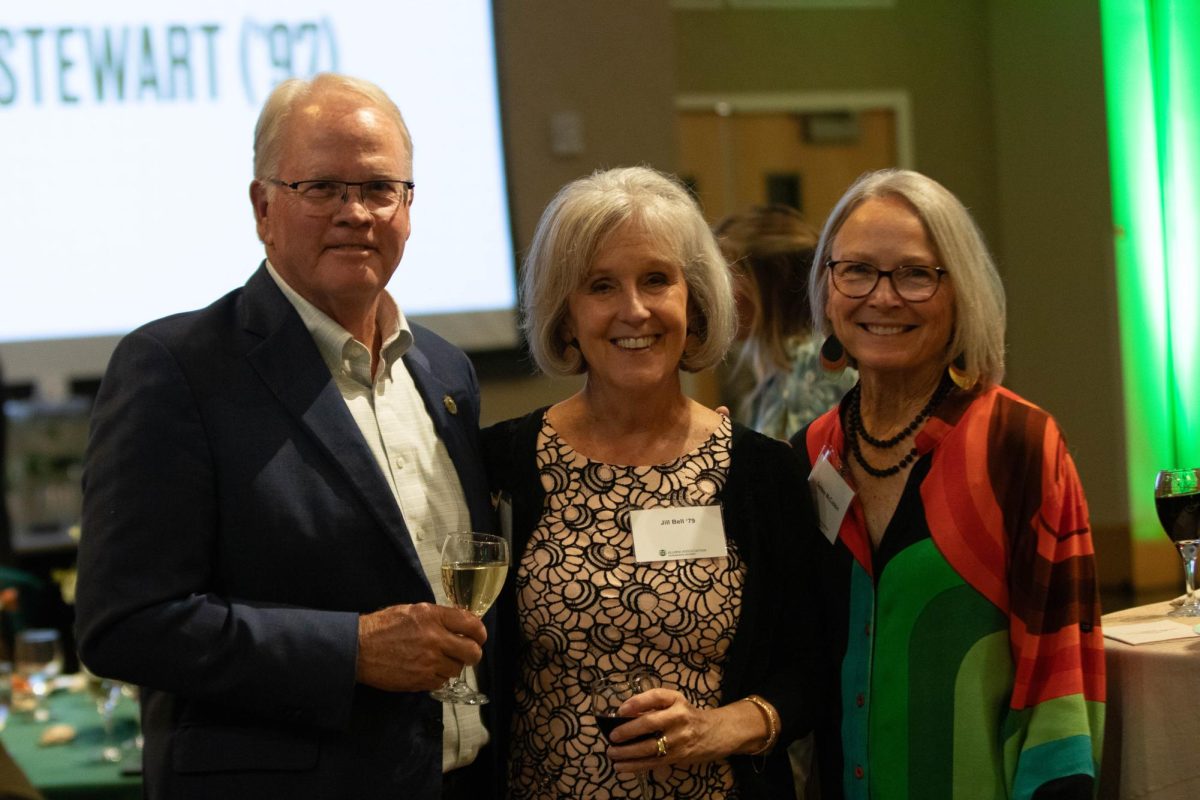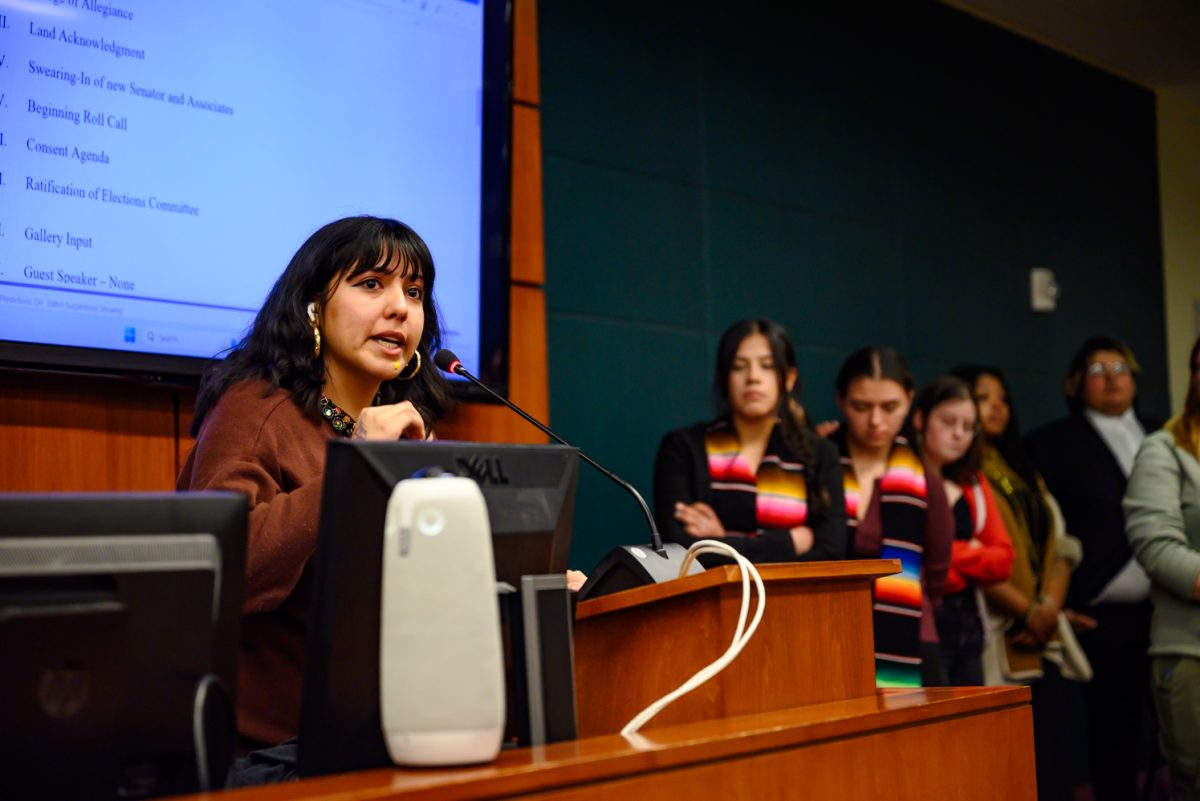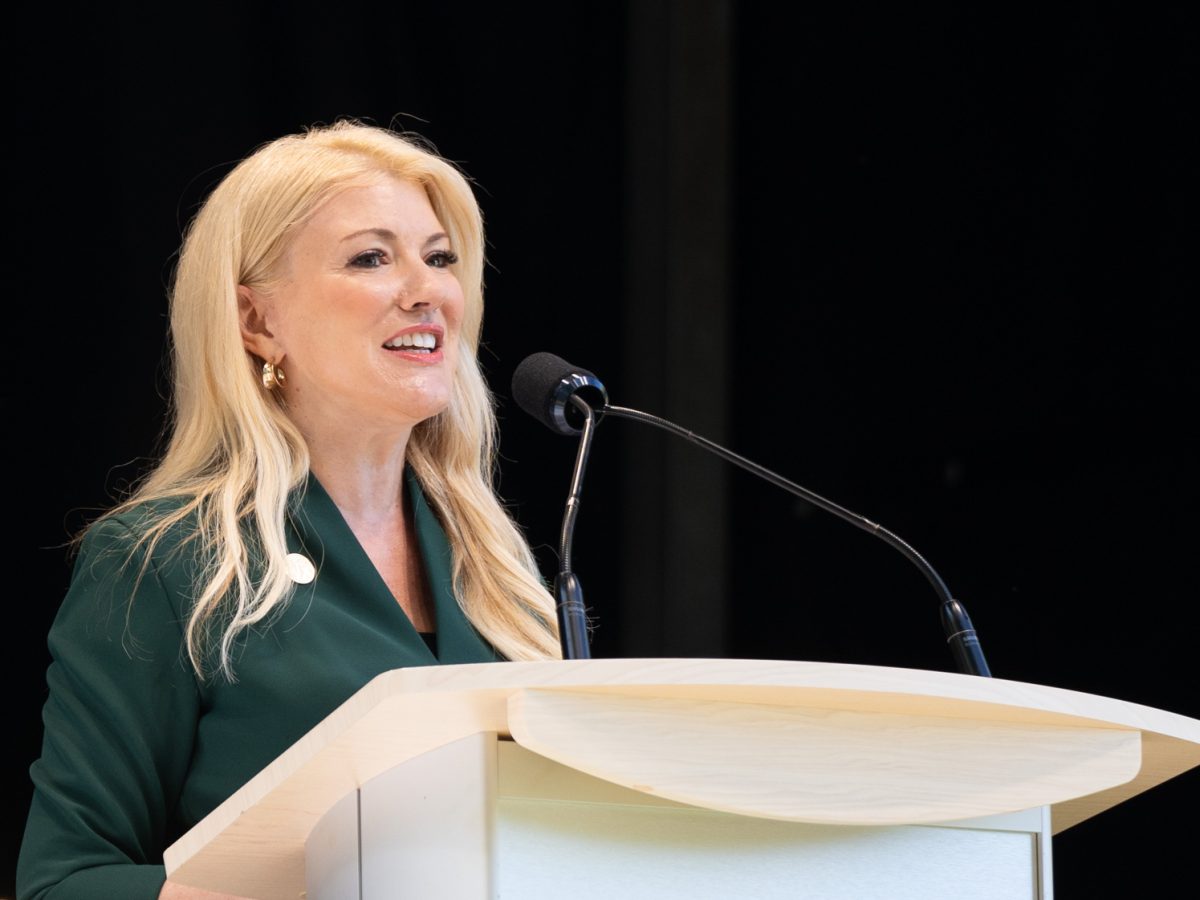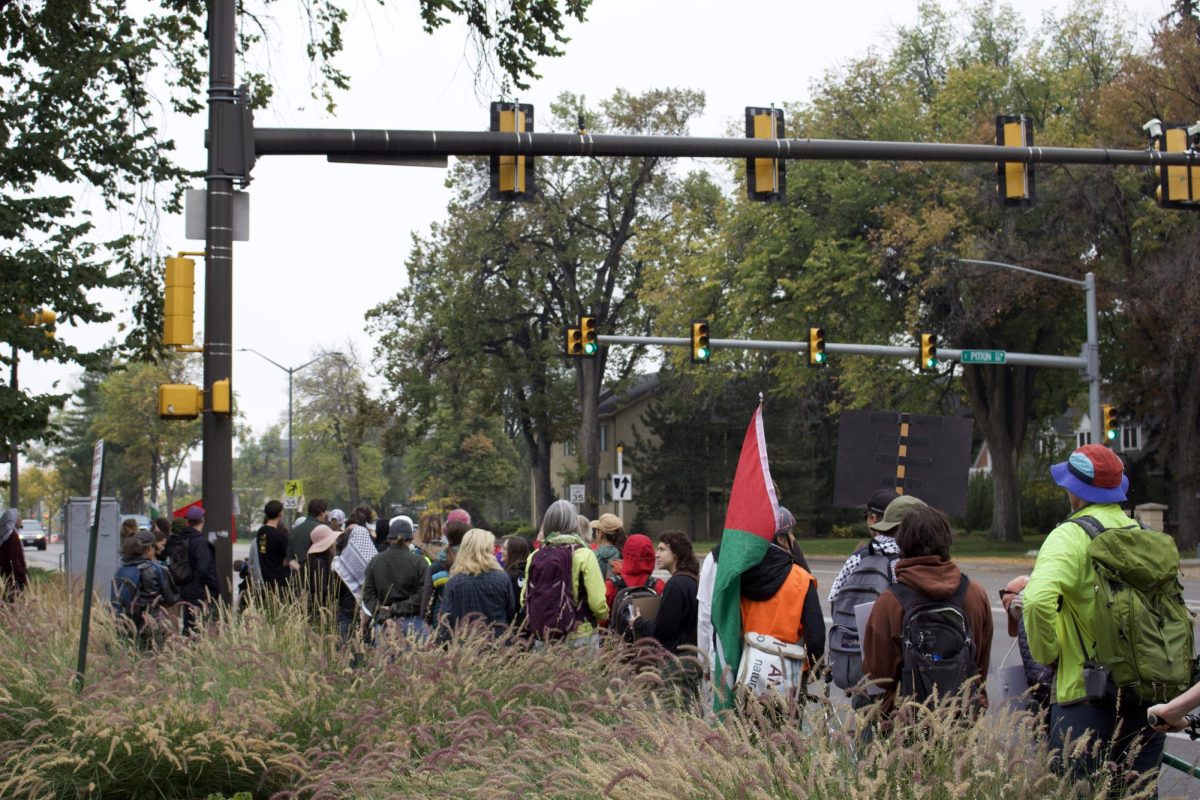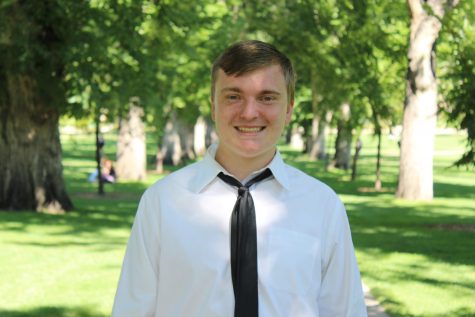Many students, among the midterms and the sunshine, may be looking forward to their spring break, but what many students might not know is the history lesson behind their much-anticipated reprieve.
Victoria Lopez-Terrill, librarian and assistant to the coordinator for Archives and Special Collections at Morgan Library, spoke on early protests at Colorado State University’s campus, citing James Hansen’s book “Democracy’s College in the Centennial State.”
“In March 1913, students who were displeased by the fact there was no spring vacation presented a petition to Charles Lory demanding the establishment of a break,” Terrill said. “Lory denied their petition. At that point, the students voted to go on strike and boycotted classes for a week. Eventually, their demands were met, and spring break was instituted at Colorado Agricultural College. That year, it began on April 7.”
Before, the spring semester ran for 20 weeks straight with no break.
“On a college campus, it is often students who are at the forefront of creating the change they wish to see on their campuses,” wrote Mitchell Holston, assistant director of Inclusion and Student Engagement, in an email to The Collegian. “In my former role, (I) had the opportunity to advise our residence hall leadership groups, including the Residence Hall Association and National Residence Hall Honorary. … I was fortunate to watch these groups flourish in creating activists that advocated for many changes on campus, including creating more learning communities, combating bias and making our campus more sustainable.”
Holston also said that activism is key in “amplifying the voices of those who are marginalized” and that activism helps advocate for diversity and inclusion. Holston also offered advice, both for student activists and for those who haven’t yet started a career as advocates.
“Diversity and inclusion encompasses celebrating the differences among us while also being welcoming to those (differences),” Holston said. “Higher education and student activism have a deeply woven relationship. It’s important to remember that there are student activists who have come before you. Those may be alumni who have graduated from CSU that are still connected to the University. These people may be (faculty)/staff that were activists during their time as a student. Use those folks as a resource.”
Finally, Holston added that it’s important to learn how to advocate for change as a student activist while you’re in an “environment that supports activism.”
Sheroya Sewell, a third-year health and exercise major, and Leah Snyder, a second-year women’s studies major, are advocates for the Brazen Project on The Plaza outside the Lory Student Center. The Brazen Project is a student-led, nonpartisan organization that works to destigmatize abortions, Sewell said.
“We … go into classrooms and speak about what we do; we put on activist training and interest meetings in order to help other students learn how to be advocates for specific causes,” Sewell said.
Sewell also said that the benefit of being a student activist is the peer-to-peer relationship, adding that she thinks students are more likely to stand up for causes if they see people from their same demographic doing it and that students are more likely to listen to their peers.
“When I started with Brazen, I saw other students tabling, and … if they’re speaking for what’s right, I can do that too,” Sewell said. “I had a friend who was a part of Brazen, and I saw how busy she was and the fact that she was still out here doing it, helping people have a voice. I think that’s an important part of student activism.”
Snyder said that student activism is the “cornerstone of any movement” because it has real ramifications, whether on issues in the present or in the future.
“We understand where each other is at and what’s important to us right now and what should be important for the future,” Snyder said. “I think that’s super pressing on us, is the future.”
Noah Pasley can be reached at news@collegian.com or on Twitter @PasleyNoah.



